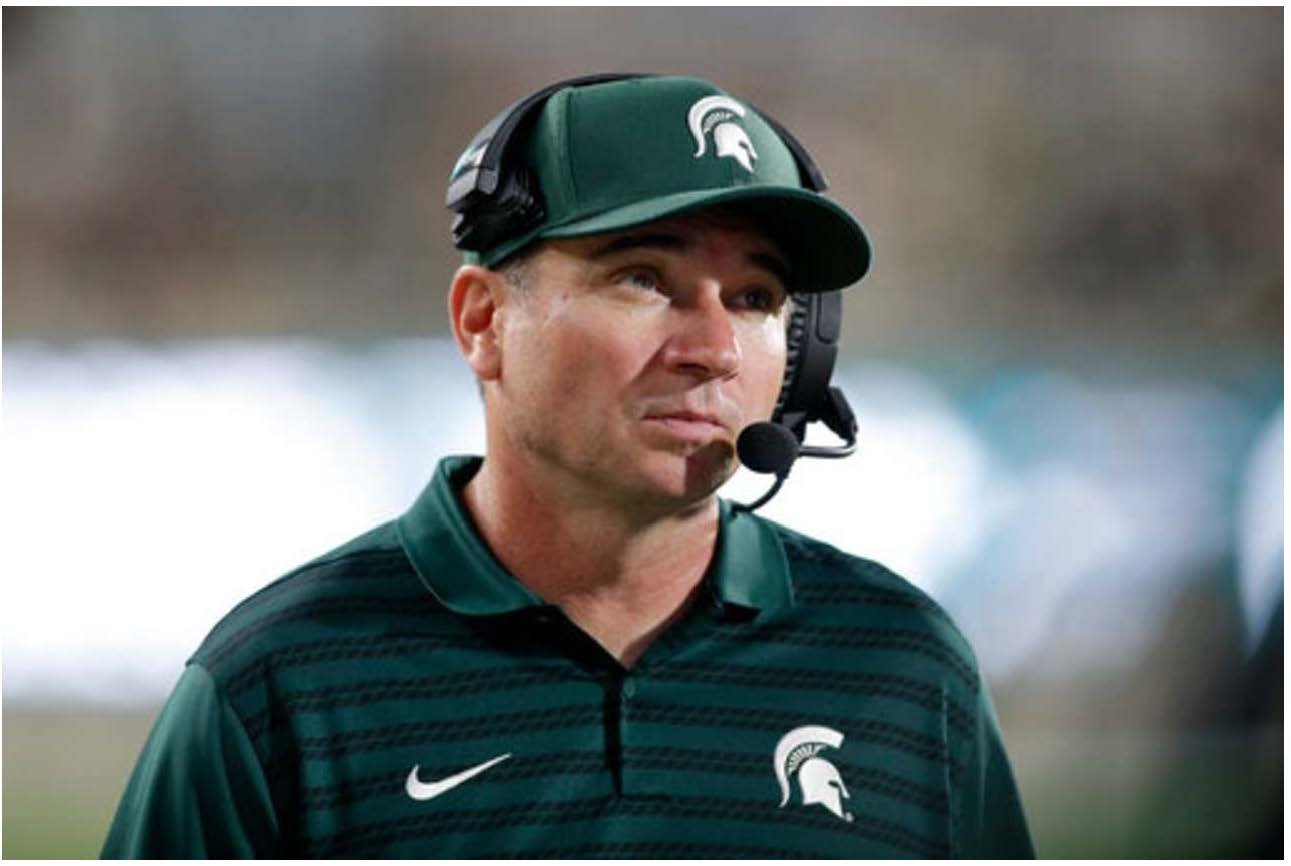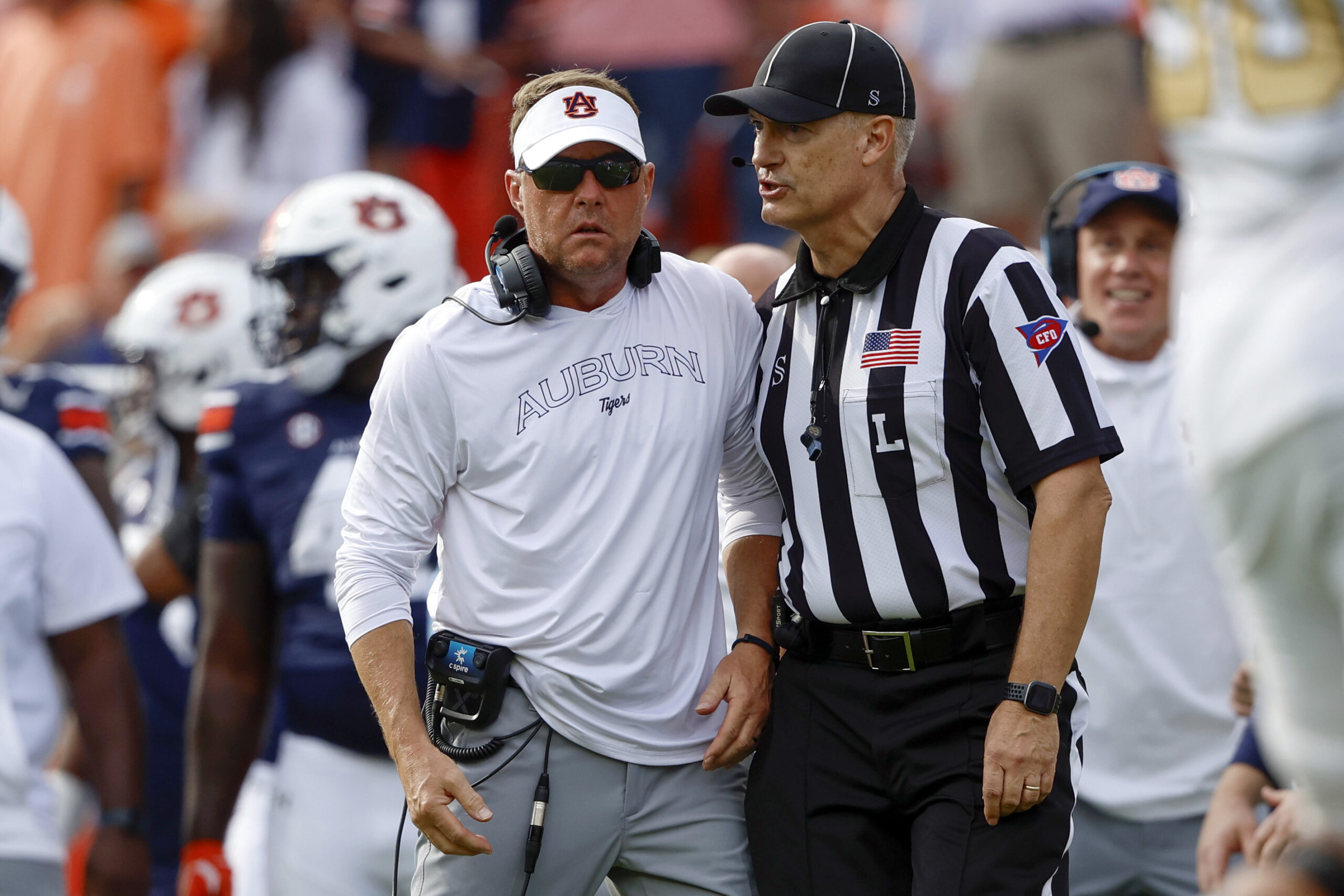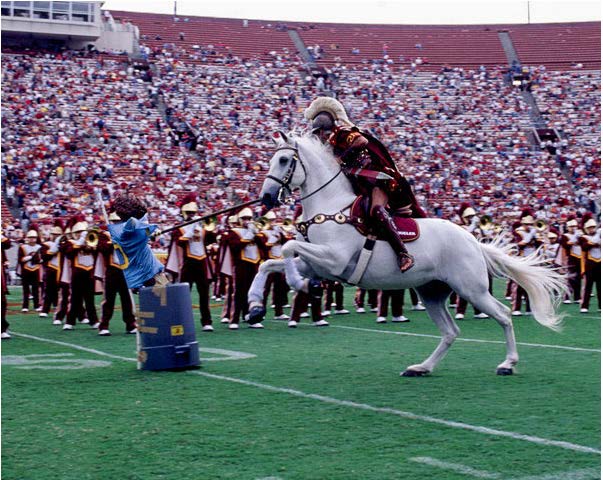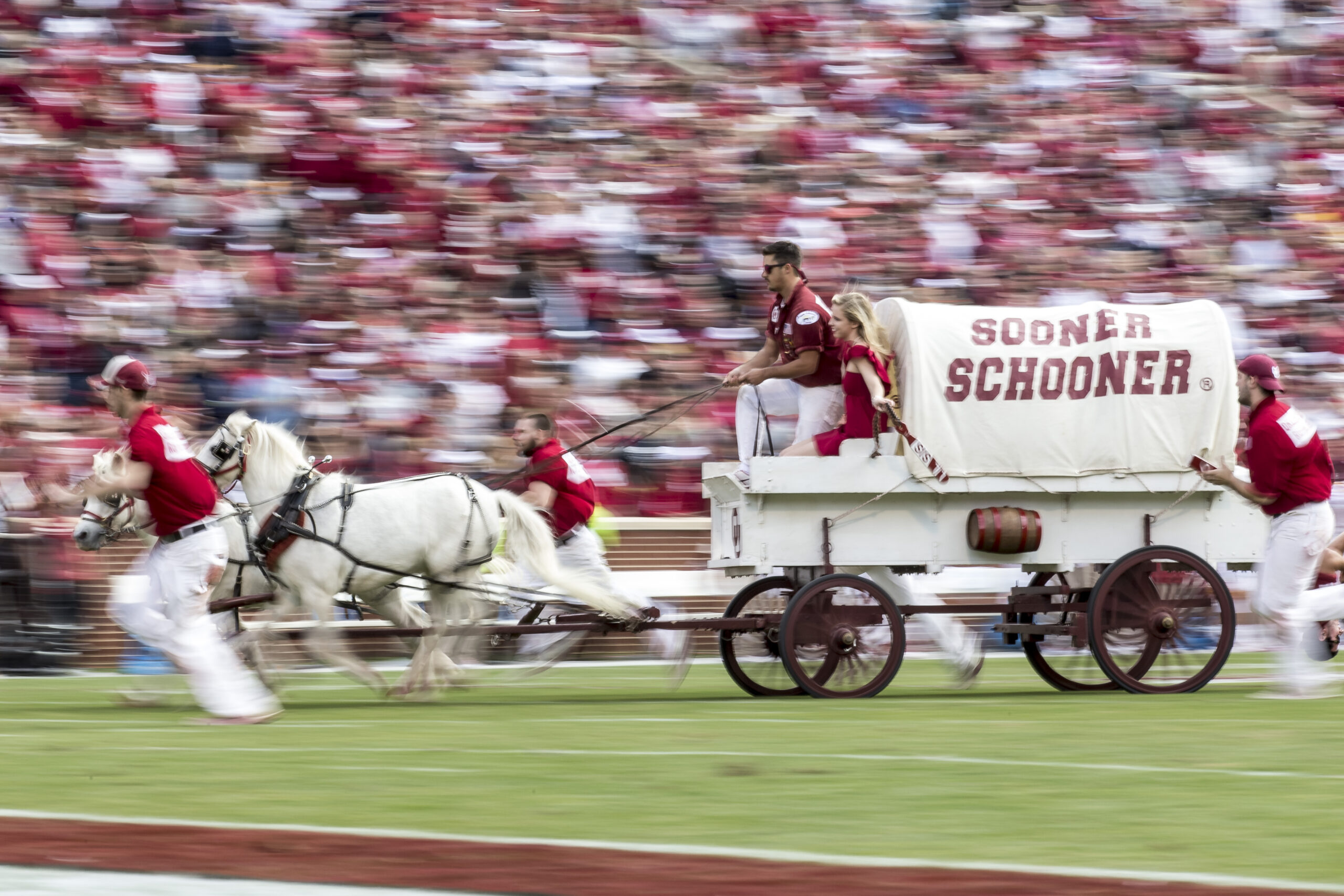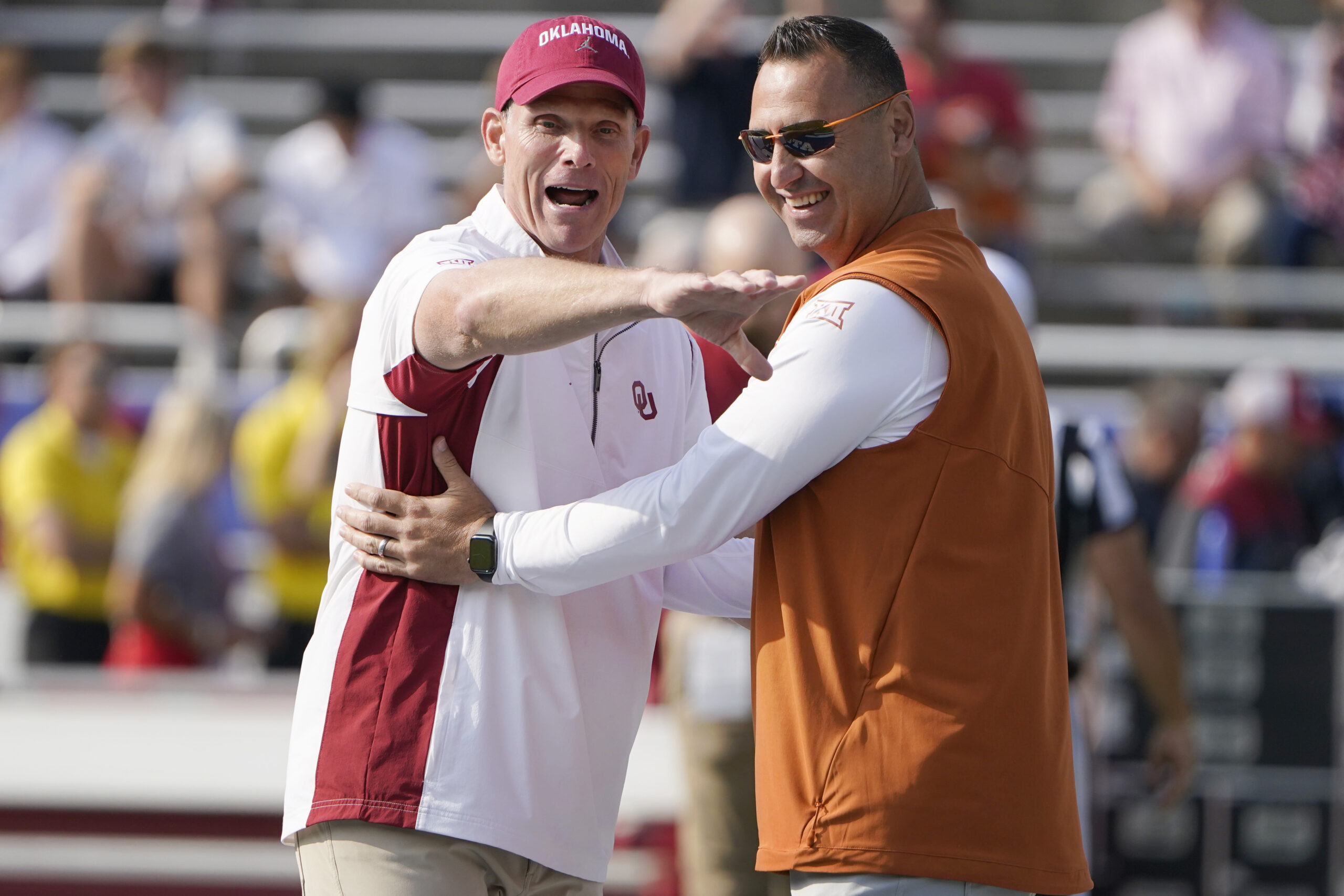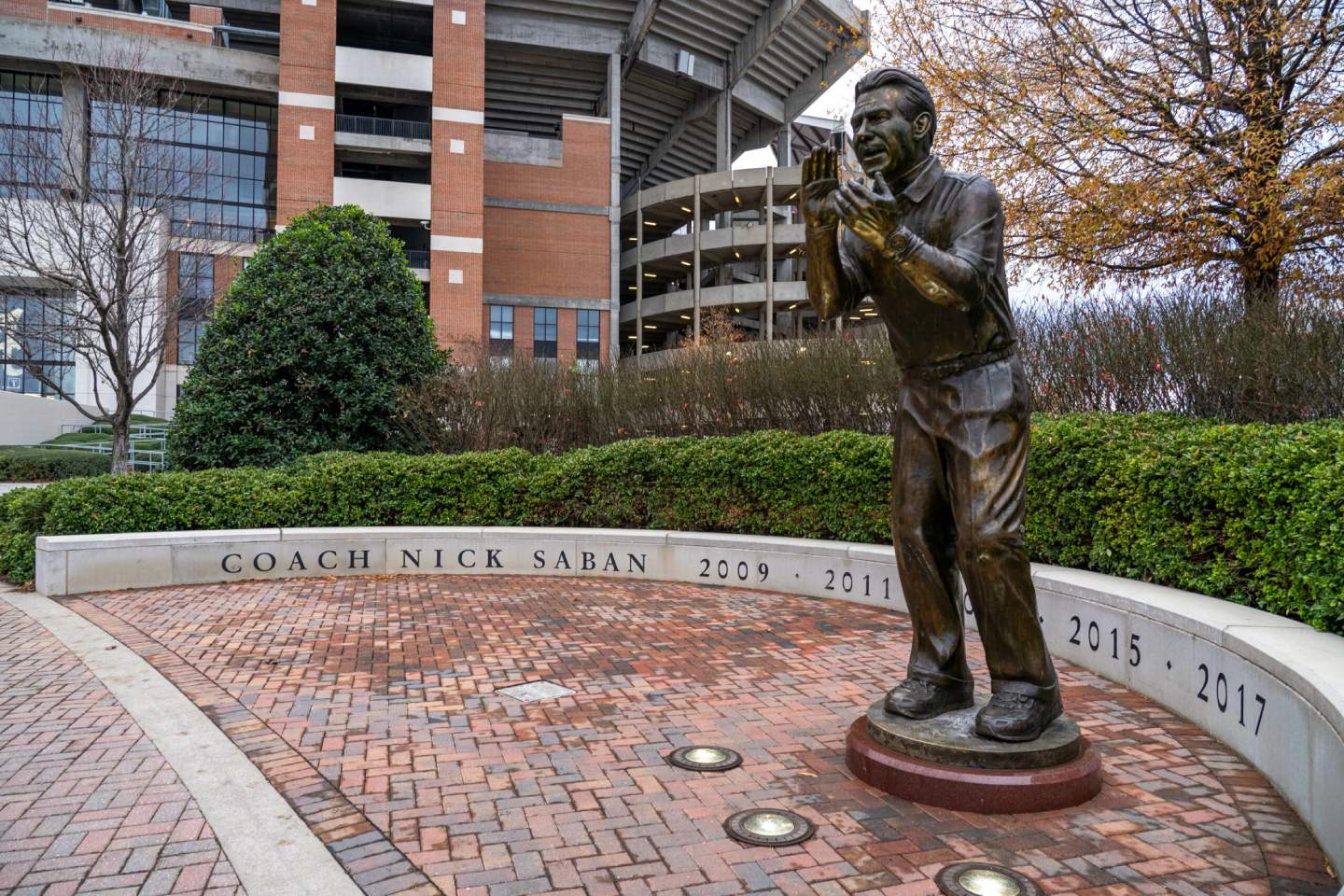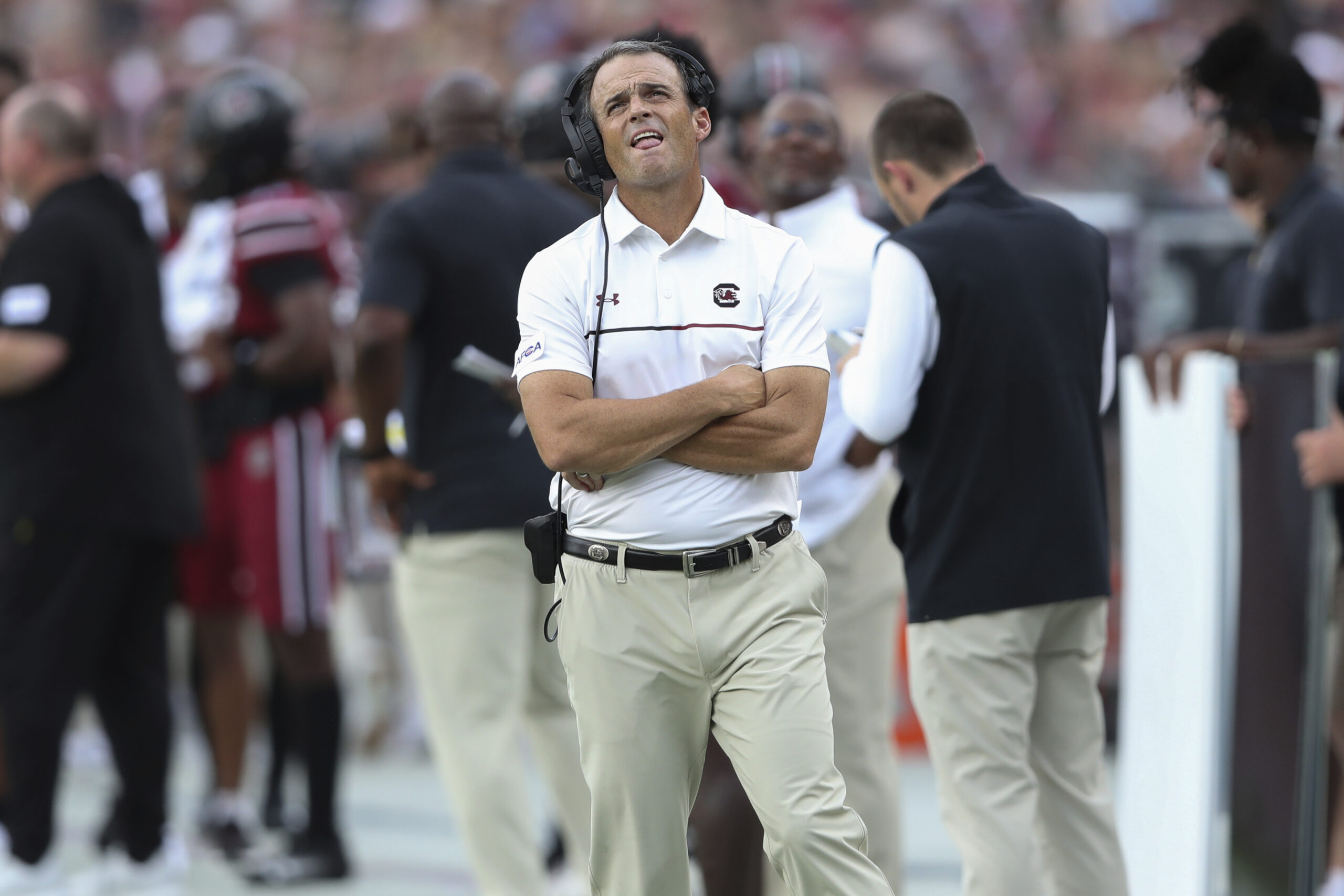
Blog Article
Offense vs. Defense: Georgia and Texas Face Off in the SEC Conference Championship Game
Tomorrow night at Mercedes-Benz Stadium, two college football titans collide in the SEC Conference Championship game. It’s a showdown that transcends the scoreboard; Georgia, the reigning powerhouse with its electrifying offense led by Carson Beck, takes on a Texas team rewriting the rules of modern football with a defense that has defied all expectations. In an age dominated by high-flying offenses, the Longhorns have forged a defensive identity that could prove revolutionary. As these contrasting approaches meet, the question looms: Can a defensive renaissance overcome the offensive evolution that has defined this era of the sport?
The Evolution Game: How Texas Built a Defense for Modern Football
The numbers tell a story, but not the one you’d expect. In the gleaming, antiseptic confines of Mercedes-Benz Stadium, two football programs will meet tomorrow night, each representing a different answer to the same question: How do you win in an era when offense has seemingly broken the sport?
Let’s Break It Down:
Overall Records and Rankings
- Texas: 11-1 record, ranked #2
- Georgia: 10-2 record, ranked #5
Texas has a slight edge in overall record and ranking heading into the championship game.
Offensive Performance
Passing Game
- Texas: 274.6 yards per game, 33 touchdowns, 9 interceptions
- Georgia: 297.0 yards per game, 28 touchdowns, 12 interceptions
Georgia has a slight advantage in passing yards, but Texas has been more efficient with more touchdowns and fewer interceptions.
Rushing Game
- Texas: 175.5 yards per game, 21 touchdowns
- Georgia: 128.3 yards per game, 22 touchdowns
Though touchdown production is similar, Texas has a significant edge in rushing yards.
Total Offense
- Texas: 450.1 yards per game
- Georgia: 425.3 yards per game
Texas holds a slight advantage in total offensive production.
Defensive Performance
Against the Pass
- Texas: 143.7 yards allowed per game, 3 touchdowns allowed
- Georgia: 196.3 yards allowed per game, 12 touchdowns allowed
Texas has been significantly stronger against the pass.
Against the Run
- Texas: 103.5 yards allowed per game, 9 touchdowns allowed
- Georgia: 135.8 yards allowed per game, 14 touchdowns allowed
Texas again shows superiority in run defense.
Total Defense
- Texas: 247.2 yards allowed per game
- Georgia: 332.1 yards allowed per game
Texas has a clear advantage in overall defensive performance.
Key Players
Texas
- QB Quinn Ewers: 2307 yards, 24 TDs, 7 INTs
- RB Tre Wisner: 812 rushing yards, 3 TDs
- WR Matthew Golden: 576 receiving yards, 8 TDs
Georgia
- QB Carson Beck: 3429 yards, 28 TDs, 12 INTs
- RB Trevor Etienne: 477 rushing yards, 7 TDs
- WR Arian Smith: 709 receiving yards, 4 TDs
Strength of Schedule
- Texas SOS: 4.51 (29th)
- Georgia SOS: 5.79 (15th)
Both teams have faced tough SEC competition. Notable results:
- Texas defeated Oklahoma 34-3 and lost to Georgia 30-15 earlier in the season
- Georgia lost to Alabama 41-34 and Ole Miss 28-10, but defeated Texas 30-15
What do all of these stats tell us about the game?
Georgia’s answer has been more offense. Their quarterback, Carson Beck, has thrown for 3,429 yards in a season that would have seemed impossible just a decade ago. The Bulldogs have embraced the modern game’s aerial evolution, turning their once-conservative offense into a high-flying circus that treats the forward pass not as a risk but as their primary currency of war.
But Texas presents the more fascinating case study. In an age when defensive coordinators have become the game’s equivalent of medieval archers—hopelessly firing arrows at increasingly sophisticated war machines—the Longhorns have done something remarkable: They’ve built a defense that works.
The numbers are staggering in their improbability: Three passing touchdowns allowed, all season. In the modern SEC, this is like finding a hedge fund that shorted the housing market in 2007. It simply shouldn’t be possible.
“Everyone thought defense was dead,” a Power Five defensive coordinator said anonymously. “What Texas has done… it’s like they’ve found a market inefficiency in football.”
That inefficiency manifests in the most basic statistical comparison: Texas allows 247.2 yards per game. Georgia, with all its championship pedigree and five-star recruits, gives up 332.1. The gap between them – roughly 85 yards – is the difference between a good defense and one rewriting our understanding of what’s possible in modern college football.
Quinn Ewers, Texas’s quarterback, puts up numbers that would have made him a Heisman frontrunner in 2013. In 2024, they almost feel quaint: 2,307 yards, 24 touchdowns. A decade ago, this would have been the story. Now, it’s almost an afterthought to what Texas has built on the other side of the ball.
The irony isn’t lost on anyone following college football’s evolution. Texas, the program that once gave us Vince Young and helped usher in the era of the dual-threat quarterback, has become the last best hope for defensive football. They’ve taken the principles that once made the SEC the nation’s preeminent conference—suffocating defense, controlled offense, and field position—and modernized them for an age when most programs have abandoned them entirely.
Georgia beat this Texas team earlier this year, 30-15. But that game feels like it was played in a different season, maybe even a different era. Since then, Georgia has shown cracks in its armor – losses to Alabama and Ole Miss that suggested maybe, just maybe, the offensive revolution has its limits.
Tomorrow night’s game isn’t just about a championship. It’s about two competing theories of football evolution. Georgia represents the conventional wisdom: that offense is king, that the forward pass has fundamentally altered the sport’s DNA, and that the only way to win is to score more than your opponent can manage.
Texas represents something else: the idea that maybe defense isn’t dead, that with the right combination of scheme, talent, and organizational philosophy, you can still win the way teams used to win, and that innovation in football doesn’t always mean more points, yards, or everything.
The safe bet is on Georgia. Experience matters in games like this. Championship DNA is real. The ability to perform under pressure isn’t just a cliché – it’s a measurable advantage in high-stakes situations.
But there’s something about this Texas team that feels like it’s tapping into something more fundamental about football. They’ve found a way to make defense work in an era when defense isn’t supposed to work.
Tomorrow night, we’ll find out if that’s enough.
Game Prediction Based on The Noise Trade
In high-frequency trading, there’s a phenomenon known as “noise.” It happens when emotional reactions and human behavior temporarily distort the underlying mathematics of the market. Smart traders don’t fight noise—they account for it in their models.
Tomorrow night in Atlanta, we will witness a real-world experiment in football’s version of noise trading. The mathematics remain pristine: Texas’s defense has discovered something fundamental about modern football, reducing opposing offenses to a series of low-probability bets, like a card counter who has figured out how to limit the house edge. The numbers – 247.2 yards allowed per game, three passing touchdowns all season – aren’t just statistics. They’re proof of concept.
But Mercedes-Benz Stadium won’t be a sterile laboratory. Texas’s returned ticket allotment means the building will be packed with Georgia fans, 71,000 traders all betting emotionally on the home team. In financial terms, this is the quintessential “noise trade” – a factor that shouldn’t matter to the underlying mathematics but matters to how those mathematics play out in the real world.
Here’s what makes this fascinating: Texas’s defensive innovation isn’t like the complex derivatives that collapsed under pressure in 2008. It’s more like the simplicity of card counting – a fundamental mathematical advantage that works regardless of the casino’s ambient noise. Their defenders don’t need elaborate verbal communications to maintain perfect leverage, just like a card counter doesn’t need quiet to keep their count.
Quinn Ewers will face the noise directly. His 2,307 passing yards and 24 touchdowns were accumulated in environments where his offensive system could operate at peak efficiency. Tomorrow night, he’ll be trading in a hostile market. But Texas’s offense, like their defense, is built on fundamentals rather than complexity. They don’t try to arbitrage small advantages through elaborate pre-snap adjustments. They take what the market gives them and execute with precision.
Carson Beck and his 3,429 passing yards represent the conventional wisdom of modern football – that offense always wins and that you can score your way out of any problem. He’ll have the crowd behind him, but he’ll still face the same mathematical problem that has stumped every other quarterback: how do you generate explosive plays against a defense that has systematically removed them from the equation?
The smart money says the noise traders—Georgia’s crowd—will impact the market enough to matter. And they will. Texas’s offensive efficiency will drop, and its defensive communication will face challenges it hasn’t seen all season. The math says Texas should win by two touchdowns, but the noise suggests something closer.
Final Score: Texas 27, Georgia 23
But watch what happens in the fourth quarter. Suppose Texas’s defensive innovation is as fundamental as the numbers suggest. In that case, we’ll see something remarkable: a system so mathematically sound that it works even when the market is most irrational. That’s not just a championship victory – it’s proof that someone has solved a problem everyone else thought was unsolvable.
The noise traders will go home disappointed. And by next season, every program in America will be trying to reverse engineer what Texas has built, just like every casino eventually had to change its rules once enough people learned to count cards. Innovation, in football as in markets, has a way of becoming conventional wisdom – right up until the next revolution begins.
